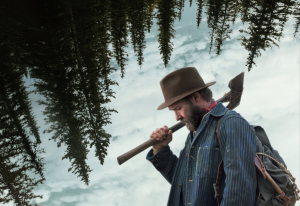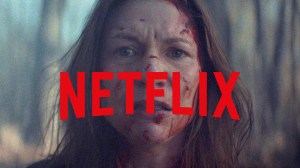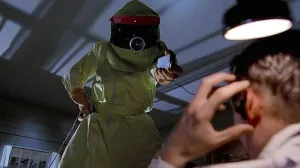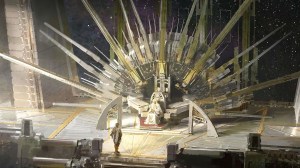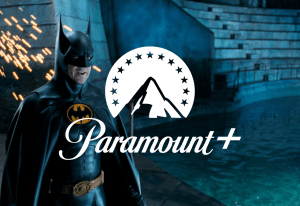The future of cinema looks pretty exciting when you think about how the horror genre is really thriving with old classic films. The new trend is remakes, which isn’t a bad thing, but the most interesting part is how they’re using this to bring new life to old, iconic productions. Over 100 years have passed since the Universal Monsters franchise started, and while some of its creatures have had new adaptations over time, it’s only now that they’re building up huge expectations. Nosferatu (even though it’s basically a remake of Dracula) has done really well in its first few weeks, and with Wolf Man about to hit theaters, it’s set to become one of the most talked-about horror films of 2025.
Videos by ComicBook.com
Now, Frankenstein is getting a new version from the great Guillermo del Toro this year, while The Mummy will have a fresh take through the lens of Lee Cronin in 2026. There’s even a new story of the legendary Creature from the Black Lagoon confirmed, with James Wan at the helm. But even so, some other classic monsters also deserve more modern adaptations, especially considering that many people don’t even know they’re officially part of this iconic group of creatures and there’s a handful of characters who deserve their time in the spotlight.
The Phantom of the Opera

The Phantom of the Opera is known worldwide for its famous Broadway musical, and it was also adapted into a movie in 2004 with Gerard Butler in the lead role. What many people don’t know is that it’s actually part of Universal Monsters, with its version released in 1943, among three other adaptations. The story, written by Gaston Leroux, tells the tragic life of Erik, a disfigured musical genius who lives hidden underground in the Paris Opera. Feared by the theater staff, he falls obsessively in love with Christine, a young soprano. Taking on the role of her “Angel of Music,” Erik guides and manipulates her into stardom.
[RELATED: Why Is This One Universal Monster Modern Box Office Poison?]
Although The Phantom of the Opera has a more classical feel, it would be interesting to see the story told from a new perspective. It’s worth mentioning that Kenny Ortega is already developing a new adaptation, but it’s more aimed at younger audiences. Still, considering that the character hasn’t been explored for more than two decades, a remake with a more frightening, rather than romantic, tone (which many are already used to) could attract a good audience. This is a character worth re-adapting precisely for the nuances of psychological and physical horror, as well as his dark and disturbing personality. Also, his obsession with Christine opens the door to many tragedies.
The Hunchback of Notre Dame
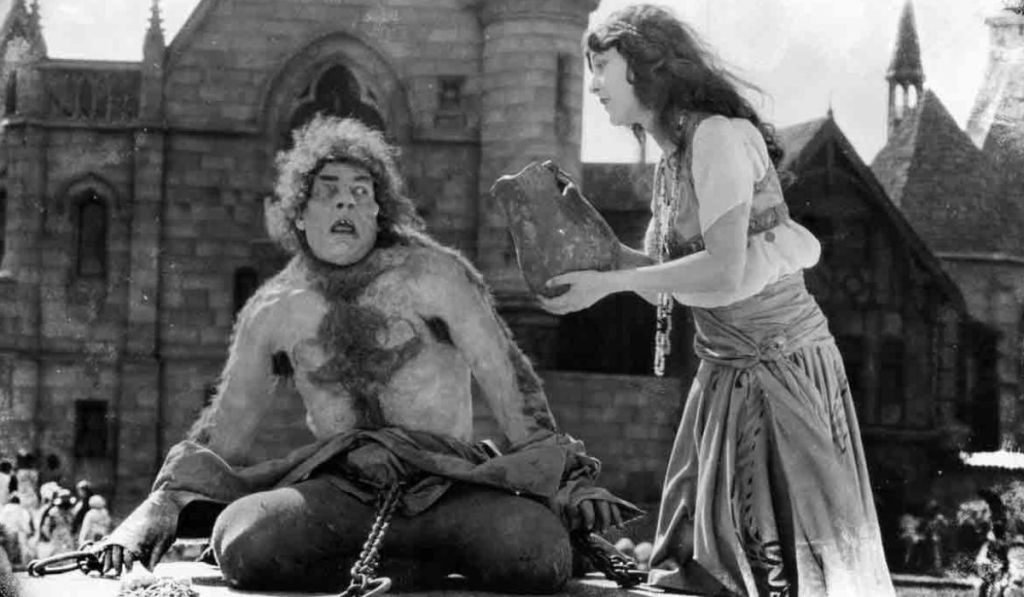
Disney’s animation presented The Hunchback of Notre Dame in a more romantic and sympathetic light, but he’s one of a group of characters who have only been reimagined for the public. Few know his original story and the fact that the creature is also part of Universal Monsters. The story, created by Victor Hugo, revolves around Quasimodo, the deformed bell ringer of Notre Dame Cathedral, who is exploited and manipulated by his master. He quickly develops a deep affection for Esmeralda, a gypsy unjustly accused of murder, and offers her refuge. The character became known for Universal’s adaptation in 1923, but went on to inspire three other films beyond Disney’s version.
It would be very intriguing to see a more mature and “heavy” version of this story, especially since issues like injustice, religious intolerance, oppression of minorities, and even the humanity hidden in a monster are topics that still resonate today. This kind of adaptation could be both frightening and dramatic, offering a blend that could appeal not only to horror fans but also to a wider audience.
The Invisible Man

The Invisible Man is one of the least known creatures, perhaps because he doesn’t have any monstrous characteristics. Nevertheless, he is part of the Universal Monsters. Created by writer H.G. Wells, the story follows the life of Griffin, a brilliant but morally dubious scientist who discovers a formula for becoming invisible. Fleeing his former life, he takes refuge in a small village, where he ends up arousing suspicion. However, as he struggles to reverse his condition, he gives in to madness and embarks on a wave of crime and violence. In terms of adaptations, there have been quite a few over time – aside from Universal’s in 1933, there have also been sequels. The most recent remake was in 2020.
The movie is considered a landmark in science fiction too, but with all the modernity and new generations, another adaptation could dive deeper into the story. Nowadays, productions with rich scripts and a more complex approach are what people are looking for. The most recent adaptation had a focus more on suspense and psychological terror – getting a 91% score on Rotten Tomatoes. Isn’t reimagining Invisible Man into something more horror-oriented an interesting idea? How can we make the public understand that it can be a real monster? Robert Eggers’ re-invention of Nosferatu is a great example of this.

